Home>Storage Ideas>Kitchen Storage>How To Clean A Dishwasher Filter So Your Dishes Sparkle
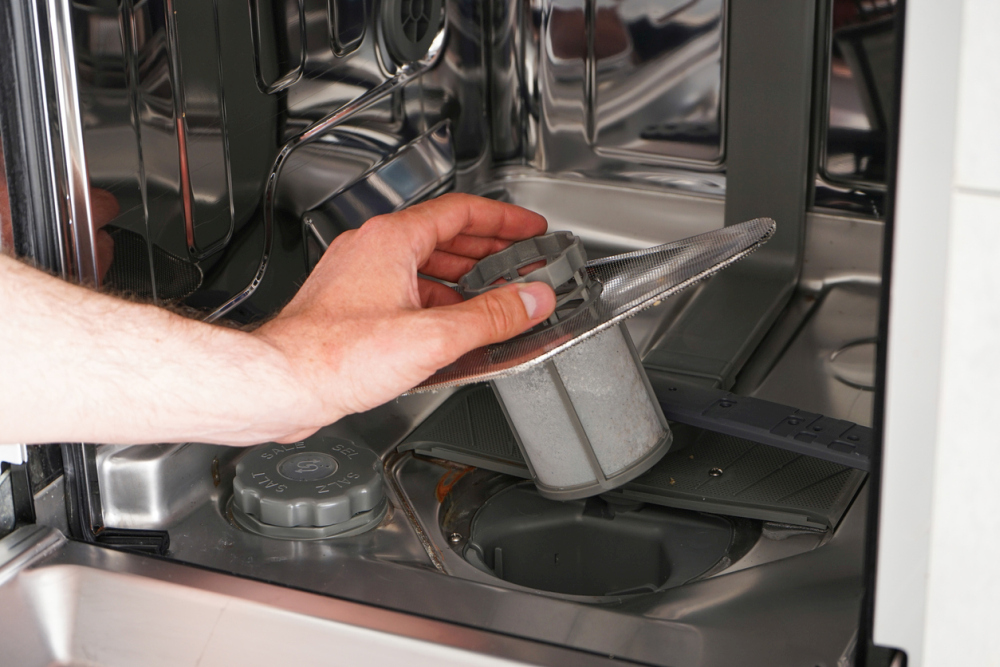

Kitchen Storage
How To Clean A Dishwasher Filter So Your Dishes Sparkle
Modified: March 2, 2024
Learn how to clean your dishwasher filter for sparkling dishes with these kitchen storage ideas.
(Many of the links in this article redirect to a specific reviewed product. Your purchase of these products through affiliate links helps to generate commission for Storables.com, at no extra cost. Learn more)
Introduction
Welcome to the ultimate guide on how to clean a dishwasher filter! If you’re tired of dealing with dirty dishes even after running your dishwasher, the culprit may be a clogged or dirty filter. A dishwasher filter plays a vital role in trapping food particles, debris, and other impurities to ensure efficient cleaning performance.
Over time, the filter can become clogged and dirty, affecting the dishwasher’s ability to effectively remove food residue from your dishes. This can lead to unpleasant odors, streaky and cloudy glassware, and even a decrease in the dishwasher’s overall performance.
Cleaning your dishwasher filter on a regular basis is essential for maintaining optimal kitchen hygiene and ensuring that your dishes come out sparkling clean every time. However, many people overlook this important maintenance task, leading to frustrating dishwasher performance and subpar dishwashing results.
But fear not! In this comprehensive guide, we will walk you through the step-by-step process of cleaning your dishwasher filter, so you can enjoy spotless dishes once again. Whether you’ve never cleaned your dishwasher filter before or are simply looking for some expert tips, we’ve got you covered.
Before we dive into the cleaning process, let’s first understand why it’s important to clean your dishwasher filter and how often you should do it.
Key Takeaways:
- Regularly cleaning your dishwasher filter is crucial for optimal performance, sparkling dishes, and a hygienic kitchen. Don’t overlook this simple maintenance task to enjoy a clean and efficient dishwasher.
- By following the step-by-step guide to clean your dishwasher filter, you can prevent clogs, eliminate odors, and extend the lifespan of your appliance. Enjoy spotless dishes and a smoothly functioning dishwasher with regular maintenance.
Read more: How To Clean A Dish Washer
Why is it important to clean your dishwasher filter?
Keeping your dishwasher filter clean is crucial for several reasons. First and foremost, a clean filter ensures that your dishwasher operates at maximum efficiency. When the filter becomes clogged with food particles and debris, it restricts the flow of water through the dishwasher and hampers the cleaning process. As a result, your dishes may not come out as clean as they should, leaving behind residue and spots.
Regularly cleaning your dishwasher filter also helps to prevent unpleasant odors from developing. When food particles accumulate in the filter, they can start to decompose, leading to a foul smell that can linger even after running a cycle. By cleaning the filter regularly, you can eliminate these odors and keep your dishwasher smelling fresh.
Moreover, a clean filter extends the lifespan of your dishwasher. When the filter is clogged, the dishwasher has to work harder to clean your dishes, putting additional strain on the motor and other components. This can increase the risk of mechanical failure and reduce the overall lifespan of the appliance. By taking the time to clean the filter, you can help ensure that your dishwasher lasts longer and functions optimally.
Another important reason to clean your dishwasher filter is to maintain proper kitchen hygiene. A dirty filter not only affects the performance of your dishwasher but can also become a breeding ground for bacteria and mold. These harmful organisms thrive in a moist and food-rich environment, posing a potential health risk to you and your family. By regularly cleaning the filter, you can minimize the growth of these microorganisms and maintain a clean and hygienic kitchen environment.
Ultimately, cleaning your dishwasher filter is a small but impactful task that can greatly enhance the performance and longevity of your appliance, improve the cleanliness of your dishes, and promote a healthy kitchen environment. Now that you understand why it’s important to clean your dishwasher filter, let’s move on to the next question: how often should you clean it?
How often should you clean your dishwasher filter?
The frequency at which you should clean your dishwasher filter depends on several factors, including how often you use your dishwasher and the type of food residue that tends to be left on your dishes. As a general guideline, it is recommended to clean the dishwasher filter at least once every three months.
If you use your dishwasher frequently or regularly cook meals with greasy or heavily soiled dishes, you may need to clean the filter more often. Similarly, if you notice any signs of a clogged filter, such as a decrease in cleaning performance or unpleasant odors, it’s a good idea to clean the filter immediately, regardless of the time frame.
It’s worth mentioning that some dishwasher models have self-cleaning filters or filters that are designed to be cleaned less frequently. In such cases, refer to your dishwasher’s user manual for specific instructions on cleaning the filter and the recommended cleaning frequency.
Keep in mind that the cleaning frequency also depends on your personal preference and standards of cleanliness. If you prefer spotless and odor-free dishes, you may opt to clean the dishwasher filter more frequently to maintain optimal performance.
In addition to regular cleanings, it’s important to inspect the dishwasher filter periodically. Check for any signs of damage or wear and tear that may affect its performance. If you notice any cracks, breaks, or significant buildup of residue that cannot be effectively cleaned, it may be time to replace the filter.
Remember, prevention is key when it comes to maintaining a clean and efficient dishwasher. To minimize the frequency of deep cleanings, it is recommended to scrape off excess food particles from your dishes and rinse them before placing them in the dishwasher. This simple habit can go a long way in preventing debris from accumulating in the filter and prolonging its lifespan.
Now that you know how often to clean your dishwasher filter, let’s delve into the step-by-step process of cleaning it to ensure your dishwasher performs at its best.
Step 1: Prepare the dishwasher
Before you begin cleaning the dishwasher filter, it’s important to prepare the dishwasher to ensure a smooth and effective cleaning process. Here’s what you need to do:
- Empty the dishwasher: Start by removing all dishes, utensils, and any other items from the dishwasher. Make sure the dishwasher is completely empty before proceeding with the cleaning process.
- Turn off the dishwasher: Locate the power button or switch on your dishwasher and turn it off. It’s crucial to disconnect the dishwasher from the power source to prevent any accidents or damage during the cleaning process.
- Inspect for any loose debris: Take a quick look inside the dishwasher to make sure there are no large food particles or debris left behind. If you spot any visible debris, use a paper towel or a damp cloth to remove it before moving forward.
- Check for safety precautions: Some dishwasher models may have specific safety precautions or instructions for accessing and cleaning the filter. Consult your dishwasher’s user manual to familiarize yourself with any specific guidelines or warnings prior to cleaning.
By properly preparing your dishwasher, you ensure that the cleaning process is efficient and safe. With the dishwasher emptied, powered off, and any loose debris removed, you’re now ready to move on to the next step: locating the dishwasher filter.
Step 2: Locate the dishwasher filter
Locating the dishwasher filter is an essential step in the cleaning process. While the exact location of the filter can vary depending on the dishwasher model, it is typically found at the bottom of the dishwasher tub. Follow these steps to locate the dishwasher filter:
- Open the dishwasher door: Fully open the dishwasher door to access the interior of the appliance.
- Inspect the bottom of the dishwasher: Look for a circular or rectangular cover at the bottom of the dishwasher tub. This cover is usually located near the center or toward the back of the dishwasher.
- Identify the filter assembly: The filter assembly usually consists of two or three components: a coarse filter or sieve, a fine filter, and a filter screen. The coarse filter is responsible for capturing larger food particles, while the fine filter and filter screen work together to trap smaller particles and debris.
- Take note of any locking mechanisms: Some dishwasher filters may have locking mechanisms or tabs that secure them in place. These mechanisms may need to be released or disengaged before you can remove the filter assembly for cleaning.
- Refer to your dishwasher’s user manual: If you’re having trouble locating the dishwasher filter or identifying its components, consult your dishwasher’s user manual. The manual will provide specific instructions and diagrams tailored to your dishwasher model.
Once you’ve located the dishwasher filter and familiarized yourself with its components, you’re ready to proceed to the next step: removing the filter assembly for cleaning.
Read more: How To Clean Filter On Maytag Dishwasher
Step 3: Remove the filter assembly
Now that you have located the dishwasher filter and understand its components, it’s time to remove the filter assembly for cleaning. Follow these steps:
- Release any locking mechanisms: If your dishwasher filter has any locking mechanisms or tabs, release or disengage them to unlock the filter assembly. This may involve turning or twisting the locking mechanism or pressing a release button, depending on your dishwasher model.
- Gently lift the filter assembly: Using both hands, carefully lift the filter assembly away from the dishwasher tub. Be cautious as you remove it to avoid any spills or damage.
- Inspect the filter assembly: Take a moment to examine the filter assembly for any visible dirt, debris, or food particles. This will help you determine the extent of cleaning required.
- If necessary, separate the components: Some dishwasher filter assemblies can be disassembled further for a thorough cleaning. If your filter assembly is made up of multiple components, such as a coarse filter, fine filter, and filter screen, separate them carefully.
- Set aside the filter assembly: Place the filter assembly or its components on a clean surface or in a sink to prevent any drips or mess inside your dishwasher. This will also make it easier to clean each component individually.
Once you have successfully removed the filter assembly from your dishwasher, you’re ready to move on to the next step: cleaning the filter assembly to remove any trapped debris and residues.
To clean a dishwasher filter, remove the bottom rack and locate the filter at the bottom. Twist and remove the filter, then rinse it under hot water to remove debris and buildup. Use a soft brush to scrub away any stubborn residue. Reassemble the filter and run a cleaning cycle with a dishwasher cleaner to ensure optimal performance.
Step 4: Clean the filter assembly
Now that you have the filter assembly removed from the dishwasher, it’s time to give it a thorough cleaning. Follow these steps to clean the filter assembly:
- Rinse off loose debris: Begin by rinsing the filter assembly under running water to remove any loose debris. This can be done by holding the filter under the faucet or using a handheld showerhead. Gently shake or tap the filter to dislodge any trapped particles.
- Scrub with a soft brush: Next, use a soft-bristled brush, such as a toothbrush or dish brush, to scrub the filter assembly. Pay close attention to the filter’s grooves, crevices, and mesh screens. Use gentle circular motions to dislodge any stubborn residue. Avoid using abrasive materials or scrubbing too forcefully, as this may damage the filter components.
- Soak in warm, soapy water: Fill a sink or basin with warm water and add a small amount of mild dish soap. Submerge the filter assembly in the soapy water and let it soak for about 15-20 minutes. This will help to further loosen any remaining residue and ensure a thorough cleaning.
- Rinse again: After soaking, rinse the filter assembly under running water to remove the soapy residue. Ensure that all soap suds have been washed away, as leftover soap can impact the dishwasher’s performance and leave a residue on your dishes.
- Inspect for any stubborn stains or buildup: Take a close look at the filter assembly to check for any lingering stains or buildup. If you notice any spots that have not been fully cleaned, repeat the scrubbing process or use a toothpick or soft brush to gently remove the residue.
By following these steps, you can effectively clean the filter assembly and remove any trapped debris or residues. Once you are satisfied with the cleanliness of the filter, it’s time to move on to the next step: cleaning the filter screen.
Step 5: Clean the filter screen
The filter screen plays a crucial role in catching finer particles and preventing them from clogging your dishwasher. Cleaning the filter screen is essential to maintain optimal performance. Follow these steps to clean the filter screen:
- Inspect the filter screen: Take a close look at the filter screen to identify any visible debris or residue. If you notice significant buildup or clogging, it’s time to give it a thorough cleaning.
- Gently remove the filter screen: Depending on your dishwasher model, the filter screen may be attached with clips or screws. Carefully detach the filter screen from its position. Be gentle to avoid any damage to the screen or the surrounding components.
- Rinse off loose debris: Hold the filter screen under running water and use your fingers to remove any loose debris. Gently rub the screen to dislodge any particles that may be stuck. Avoid using any abrasive materials that may damage the screen.
- Soak the filter screen: Fill a sink or basin with warm water and add a small amount of mild dish soap. Submerge the filter screen in the soapy water and let it soak for about 10-15 minutes. This will help to break down any remaining residue and make it easier to clean.
- Scrub the filter screen: Using a soft brush or toothbrush, gently scrub the filter screen to remove any stubborn residue or buildup. Pay attention to every corner and opening of the screen to ensure a thorough cleaning. Rinse the screen under running water to remove any soapy residue.
- Inspect for any stubborn stains or clogs: Take a moment to inspect the filter screen and ensure that it is completely clean. If you notice any stubborn stains or clogs that were not removed during the cleaning process, repeat the scrubbing or use a toothpick to gently dislodge the debris.
- Allow the filter screen to dry: After cleaning, set the filter screen aside and allow it to air dry completely. Make sure it is completely dry before reassembling it with the rest of the filter assembly. This will prevent any moisture from causing mold or mildew growth.
By taking the time to clean the filter screen, you ensure that your dishwasher operates at its best and prevents any clogs or debris from affecting its performance. With the filter screen cleaned and dried, let’s move on to the next step: reassembling the filter assembly.
Step 6: Reassemble the filter
Now that you have cleaned the filter assembly and filter screen, it’s time to reassemble them and prepare your dishwasher for optimal performance. Follow these steps to reassemble the filter:
- Retrieve the cleaned filter components: Collect all the cleaned filter components, including the filter assembly and the filter screen. Ensure that they are completely dry before proceeding.
- Align the filter components: Take the coarse filter or sieve and place it back into its designated spot in the dishwasher tub. Ensure that it is properly aligned and fits snugly. If there are any notches or grooves, make sure they are matched accordingly.
- Reattach the fine filter and filter screen: Place the cleaned filter screen on top of the fine filter, aligning any tabs or slots to secure them in place. Gently press the filter screen down to ensure a proper fit. If there are any locking mechanisms or tabs, engage them to secure the filter assembly.
- Double-check the assembly: Once all the filter components are in place, give them a gentle wiggle or press down lightly to ensure that they are secure and properly assembled. This will prevent any leaks or loose fittings during the dishwasher cycle.
With the filter assembly reassembled, you are one step closer to enjoying a cleaner dishwasher. However, before running a test cycle, it’s important to complete the final step: running a test cycle to ensure that everything is functioning optimally.
Read more: How To Clean Filter On Kitchenaid Dishwasher
Step 7: Run a test cycle
After reassembling the filter assembly, it’s essential to run a test cycle to ensure that everything is functioning properly. This step will help flush out any remaining residue or debris and allow you to verify that your dishwasher is operating at its best. Follow these steps to run a test cycle:
- Close the dishwasher door: Ensure that the dishwasher door is securely closed before proceeding.
- Select an appropriate cycle: Choose a regular or normal cycle on your dishwasher’s control panel. This cycle is typically suitable for most dishwashing needs and will provide a thorough cleaning.
- Add a small amount of dishwasher detergent: Measure the recommended amount of dishwasher detergent according to the detergent’s instructions. It’s important not to overload the dishwasher with detergent, as this can lead to excess suds and impact the cleaning performance.
- Start the test cycle: Press the start button or select the “start” option on your dishwasher’s control panel to initiate the test cycle. Allow the dishwasher to run its full cycle, including prewash, wash, rinse, and dry phases.
- Monitor the dishwasher’s performance: Throughout the test cycle, pay attention to the dishwasher’s performance. Listen for any unusual noises, check for any leaks or water seepage, and observe whether your dishes are coming out clean and sparkling.
- Inspect the filter after the test cycle: Once the test cycle is complete, open the dishwasher door and inspect the filter assembly. Check for any signs of debris or residue that may have been dislodged and collected in the filter. If necessary, repeat the cleaning process to ensure a clean and effective filter.
By running a test cycle, you can confirm that your dishwasher is functioning optimally and that the filter assembly has been properly cleaned and reassembled. If you notice any issues during the test cycle, such as poor cleaning performance or persistent odors, it may be necessary to repeat the cleaning process or seek professional assistance.
Congratulations! You have successfully cleaned and maintained your dishwasher filter. By performing this regular maintenance task, you can ensure that your dishwasher continues to deliver sparkling clean dishes with every use. Remember to periodically check and clean the filter to keep your dishwasher operating efficiently. Now sit back, relax, and enjoy the convenience of a clean and well-functioning dishwasher!
Conclusion
Cleaning your dishwasher filter is an essential task that often gets overlooked, but it plays a vital role in maintaining optimal dishwasher performance and ensuring your dishes come out sparkling clean every time. By following the step-by-step guide provided in this article, you now have the knowledge and techniques to clean your dishwasher filter effectively.
We explored why it’s important to clean your dishwasher filter, including how it improves cleaning efficiency, eliminates odors, and extends the lifespan of your dishwasher. Additionally, we discussed how often you should clean the filter, which depends on your dishwasher usage and the type of food residue left on your dishes.
The cleaning process involved preparing the dishwasher, locating the filter, removing the filter assembly, cleaning the filter assembly and filter screen, reassembling the filter, and running a test cycle to ensure optimal performance.
By taking the time to clean your dishwasher filter regularly, you can prevent clogs, enhance cleaning performance, and maintain a hygienic kitchen environment. Furthermore, a clean dishwasher filter extends the lifespan of your appliance and saves you money in the long run.
Remember to consult your dishwasher’s user manual for specific instructions and refer to any safety precautions before beginning the cleaning process. It’s also a good practice to scrape off excess food particles from your dishes and rinse them before loading them into the dishwasher to minimize the amount of debris that enters the filter.
With your freshly cleaned dishwasher filter, you can confidently rely on your dishwasher to tackle even the toughest dishwashing tasks. Enjoy the convenience of spotless dishes and a smoothly functioning dishwasher, making your kitchen routines a breeze.
So, don’t forget to prioritize cleaning your dishwasher filter regularly and reap the benefits of a clean and efficient dishwasher. Happy dishwashing!
Frequently Asked Questions about How To Clean A Dishwasher Filter So Your Dishes Sparkle
Was this page helpful?
At Storables.com, we guarantee accurate and reliable information. Our content, validated by Expert Board Contributors, is crafted following stringent Editorial Policies. We're committed to providing you with well-researched, expert-backed insights for all your informational needs.

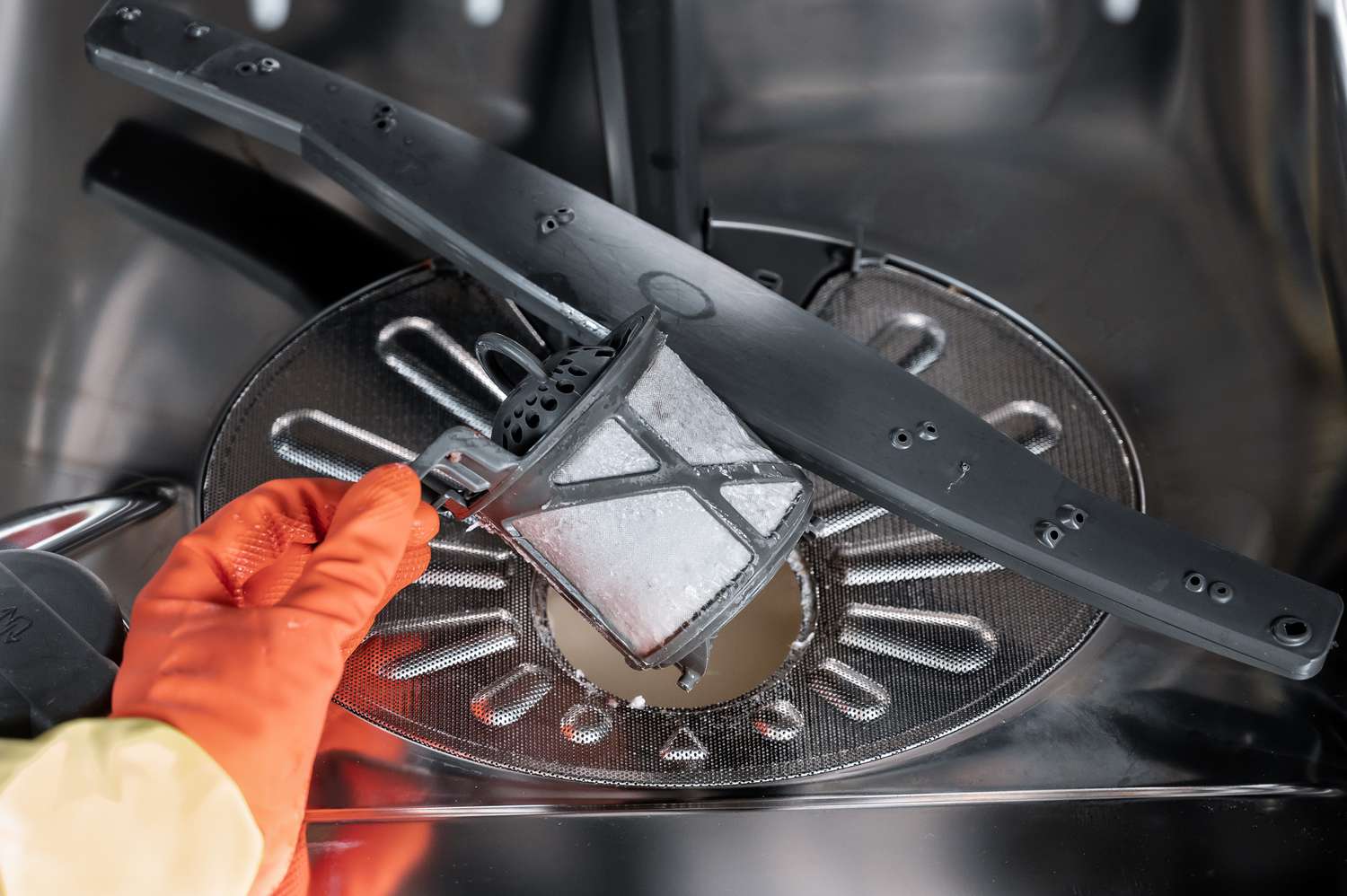

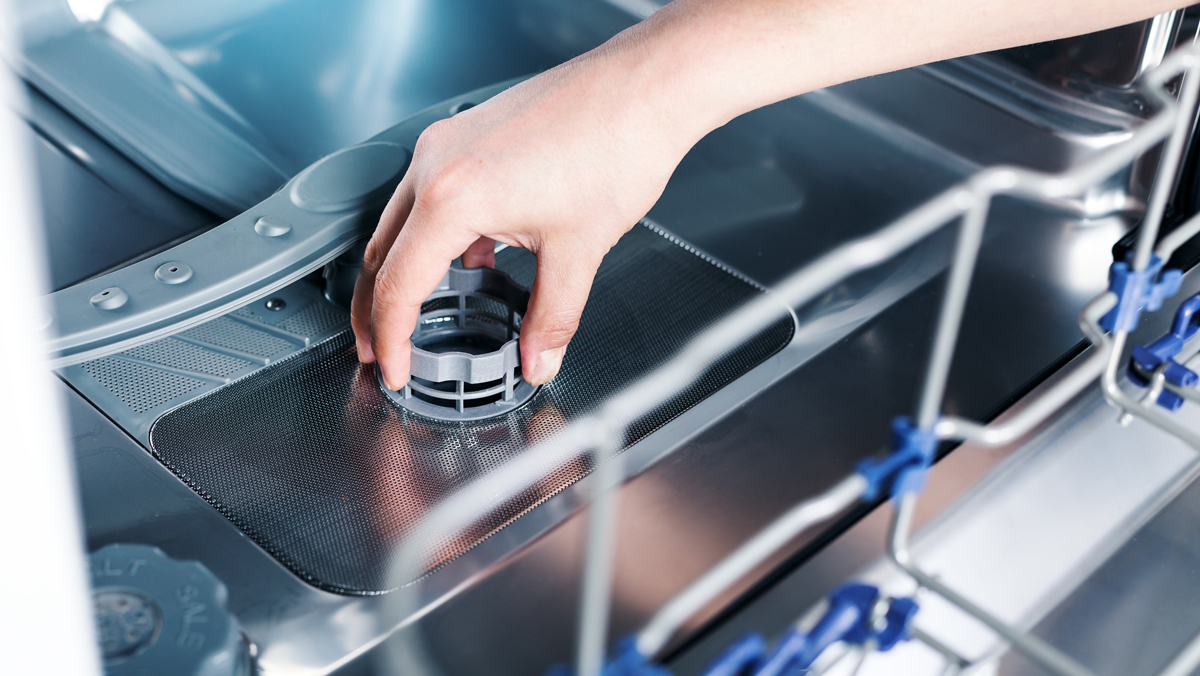
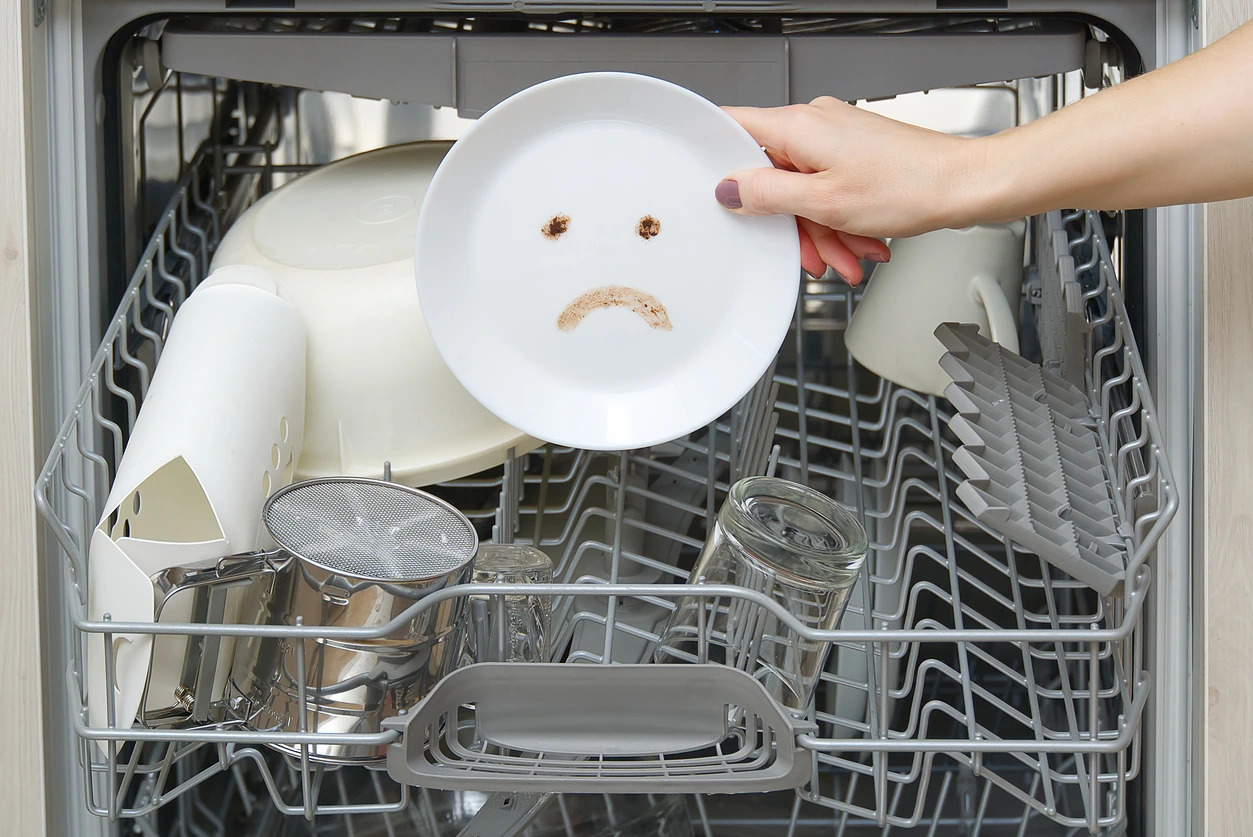
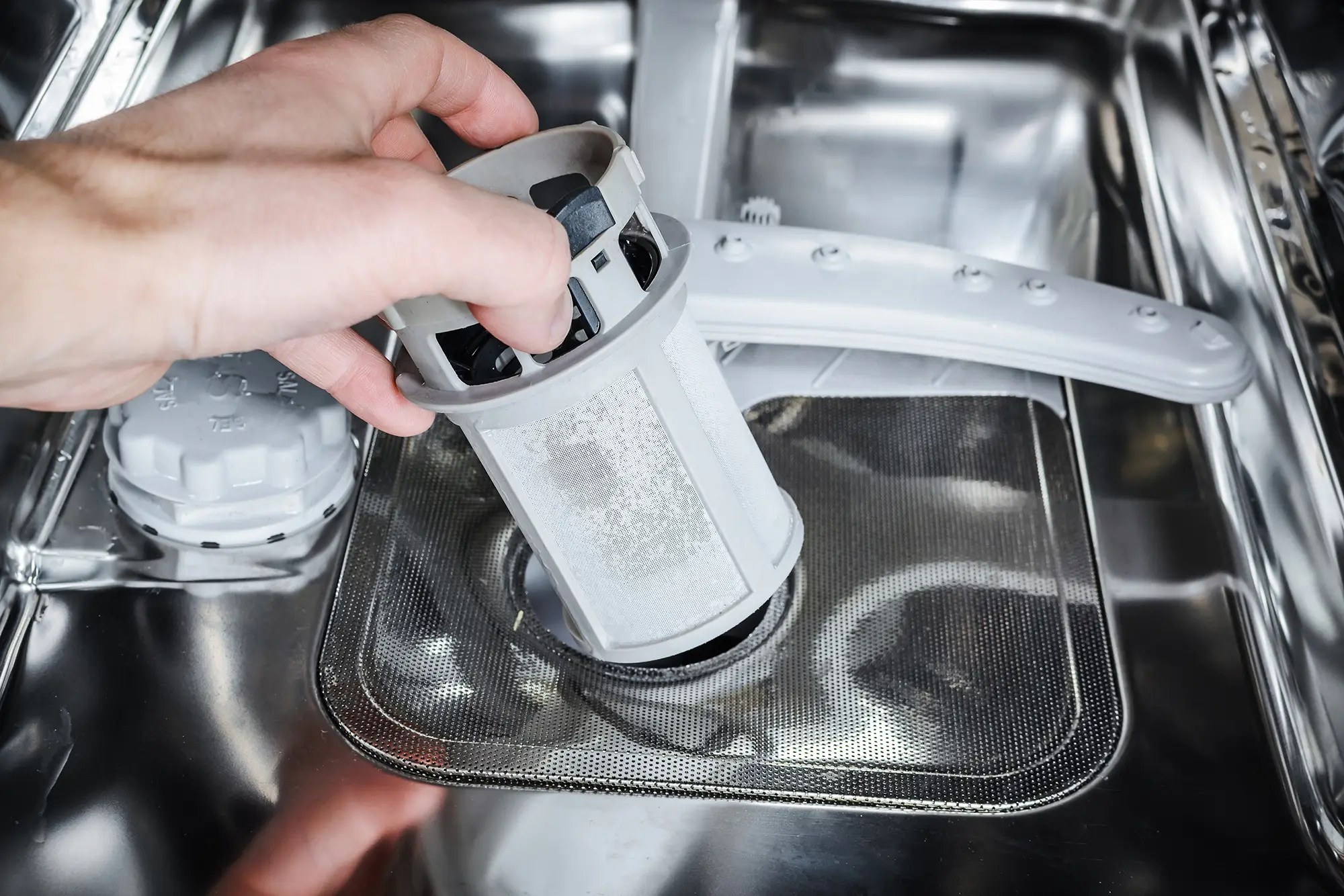

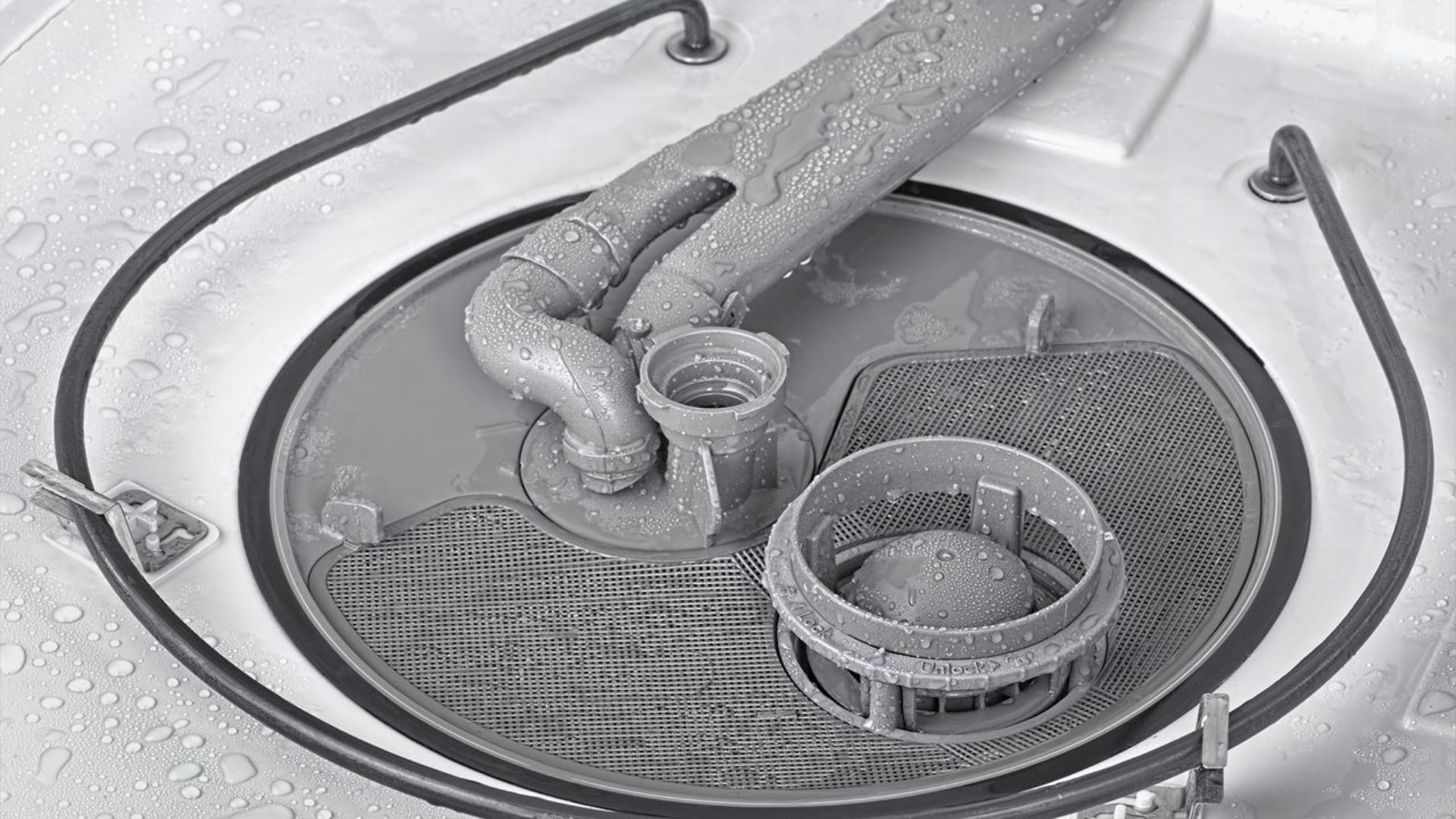
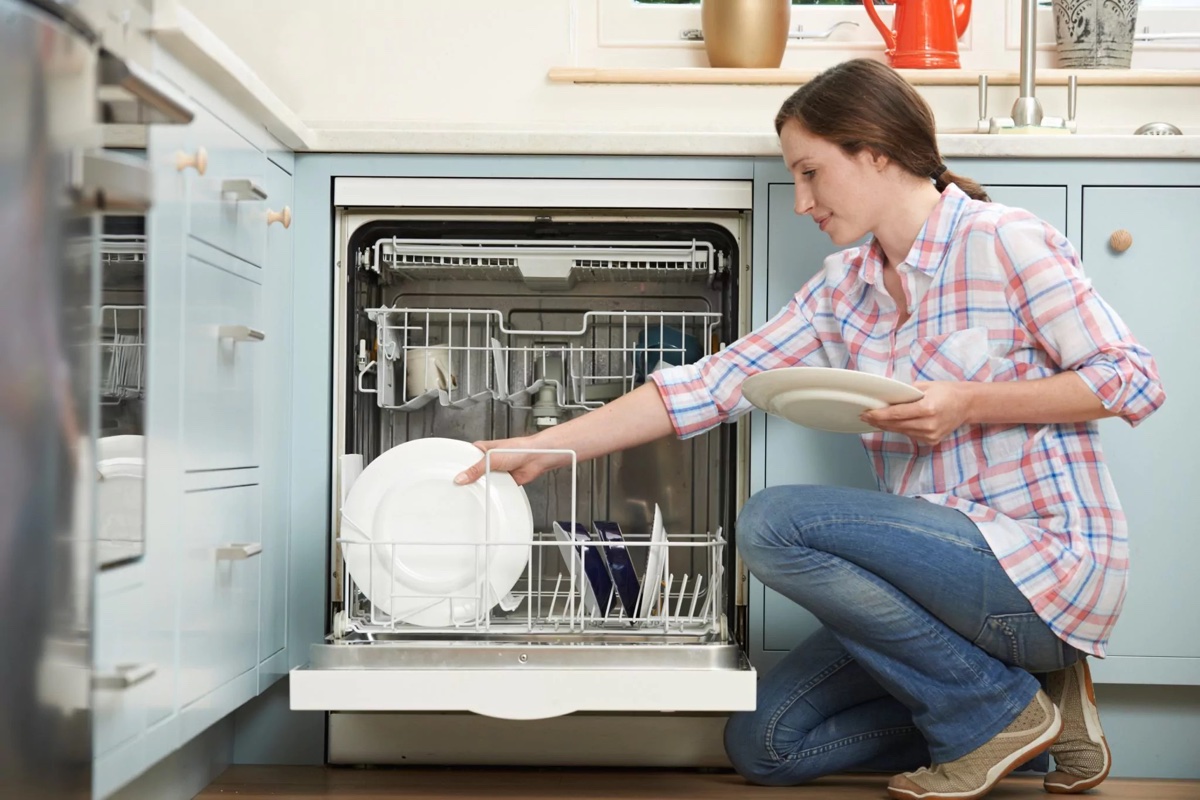
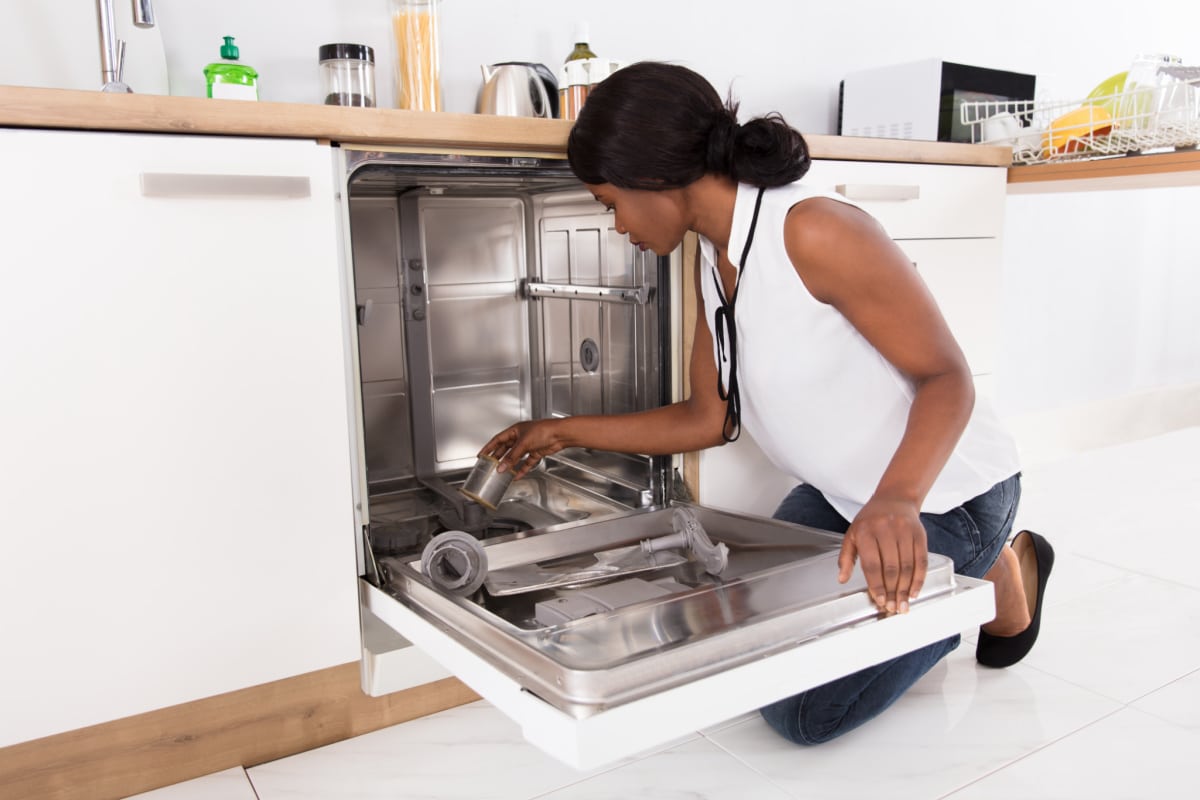
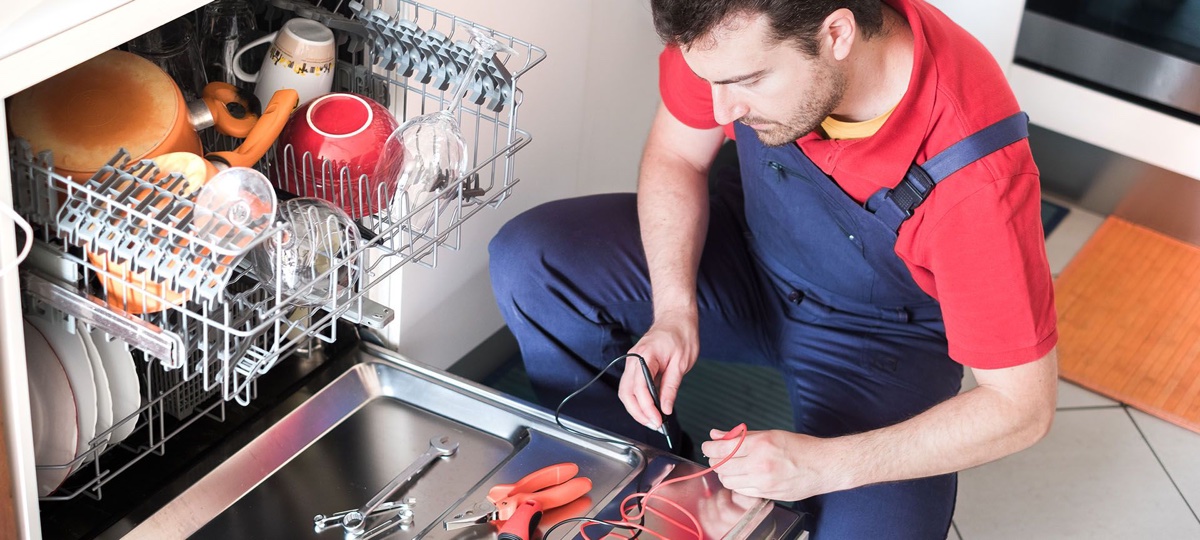
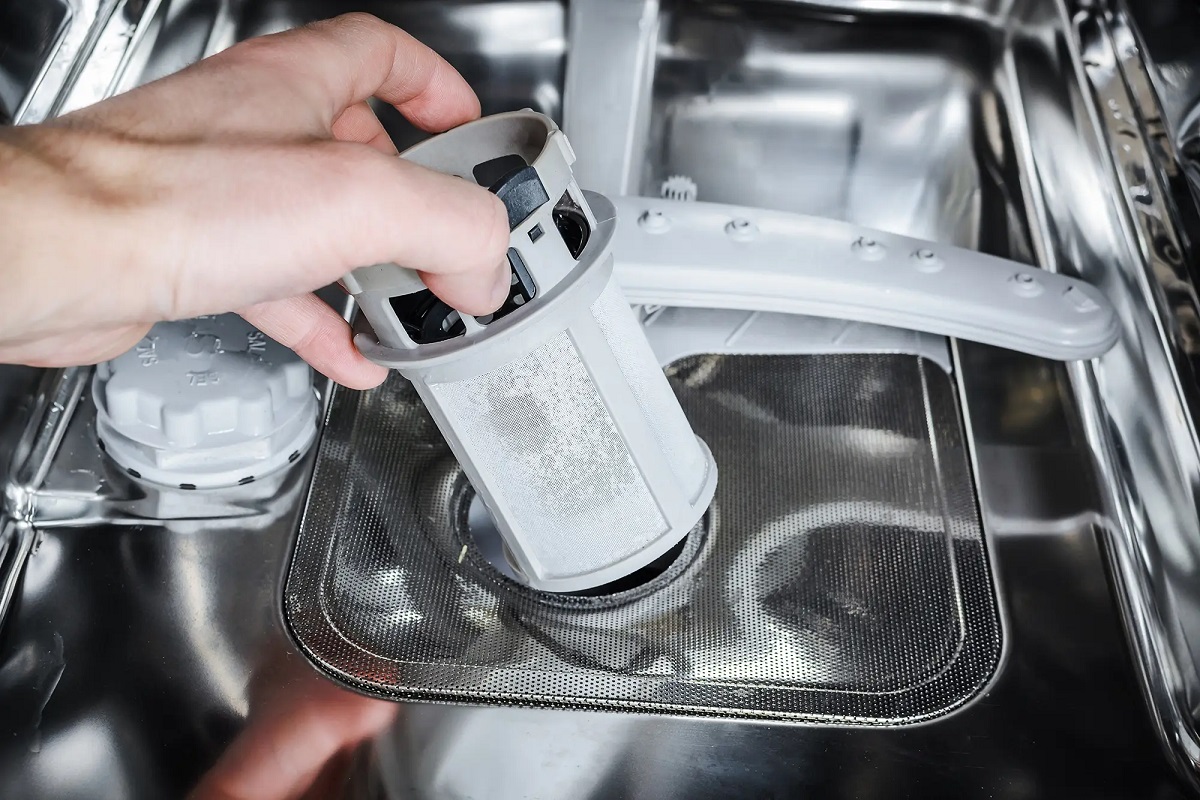
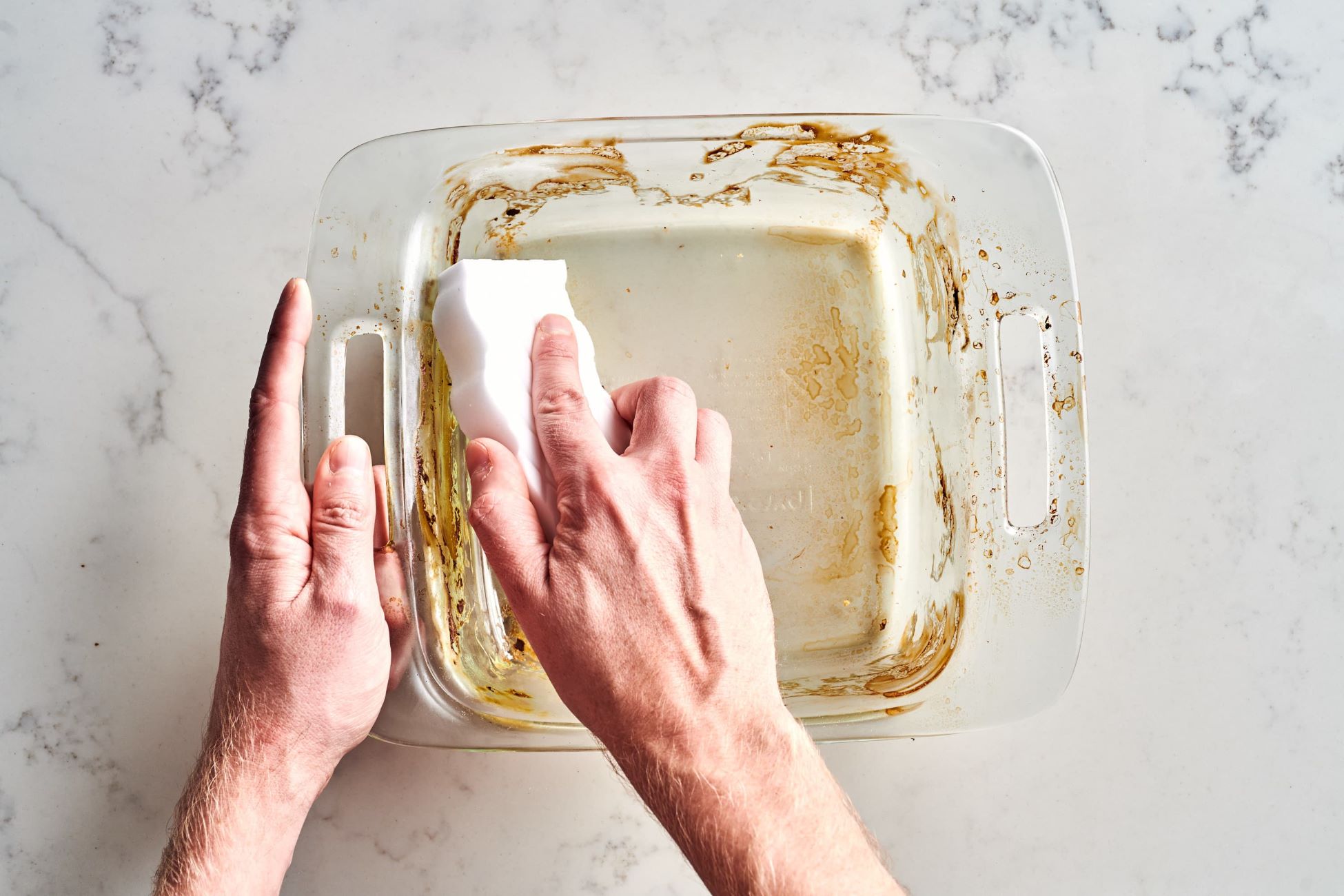

0 thoughts on “How To Clean A Dishwasher Filter So Your Dishes Sparkle”